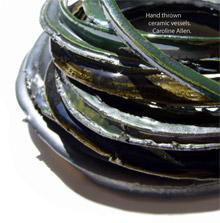Antoinette Rast-Eicher (ArcheoTex)
Fibres and fibre processing is a very important stage of textile production. Qualities of textiles evolve by the capacity of processing a fibre. The value of a textile will not be defined by the material – in Bronze Age the wool – but by the knowledge of producing fine qualities. Sheep wool came up in Europe during late Neolithic. Animal fibres had from the first moment on to be processed as single fibres, whereas plant fibres such as tree basts and flax are fibre bundles or fibre strips – and often used as such. Working with plant fibres is quite different from animal fibres. The first wool textiles known have been made of a coarse wool and look a bit awkward. New tools and new processing techniques which were not necessary for plant processing have been developed during the Bronze Age, and together with breeding for light/white wool, new qualities of textiles are showing up. White wool makes a very important part of creativity: colours can be applied and a new element of fashion breaks through. The best textile qualities are always connected with a high performance of wool processing.
The fibre quality depends on:
- type of sheep, brown/white wool
- sorting of the wool
- processing of the fibres
A large material throughout Europe has been analysed and gives a good overview of the development of the wool processing in the Bronze Age. In archaeological textiles, we have to find out what makes the difference between the qualities, and how we can find the creativity – the new ways to process fibres. Therefore we used microscopy: light microscopy shows the pigmentation (colour of the wool), and scanning electron microscopy details of processing. Wool measurements as a basic criterion for wool quality reflect in our material differences for specific use in certain time and space.


